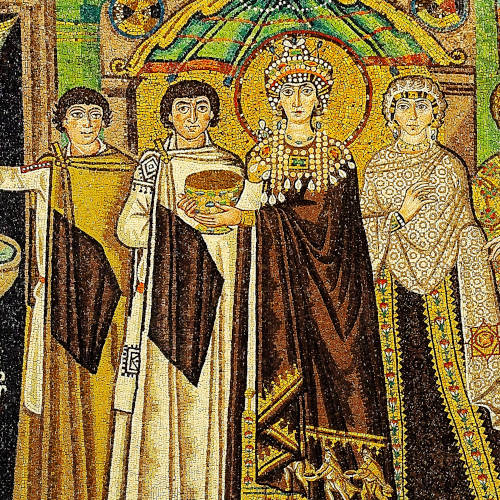
Dedicated for all DNA, Analysis Results, History, Research topics related to: Byzantine Empire
After two decades of Roman civil war, Constantine the Great siezed control of the whole Roman Empire and had the challenge of administering this enormous realm. 6 weeks after ascending to the throne, he journeyed to Byzantium, the ancient Greek city state, and threw a spear into the ground and outlined where his new great capital would be built - Constantinopolis. The city would be built using the latest techniques from the Roman Empire complete with forums, markets, aqueducts, vast cisterns and impregnable defensive walls. For over a thousand years, the Byzantine Empire flunctuated through cycles of decline and recovery. Years after the fall of the classical Roman Empire, Emperor Justinian I led the Byzantines to reconquer North Africa, Italy and Rome from the barbarians to reach its largest territorial claim. The Byzantine Empire had a multi-ethnic character and preserved Romano-Hellenistic traditions with a predominant Greek element. The Byzantines were involved in a long-running power struggle with the Venetians for control of Mediterranean trade which ultimately concluded with the burning and sacking of the great capital by Crusaders in 1203/1204. This was followed by a division of Byzantine lands reducing the Byzantine Empire itself to its purely Greek provinces. The mighty Theodosian walls which had held off countless invaders such as Attila the Hun ultimately succumbed to the sheer number of Ottoman forces and their cannons in 1453.
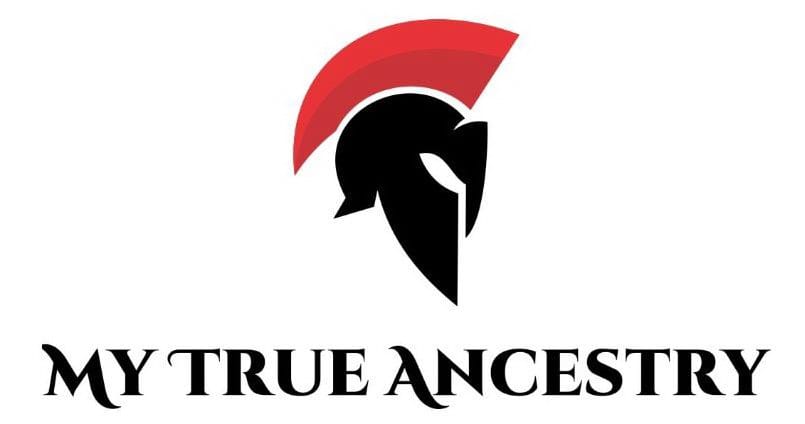
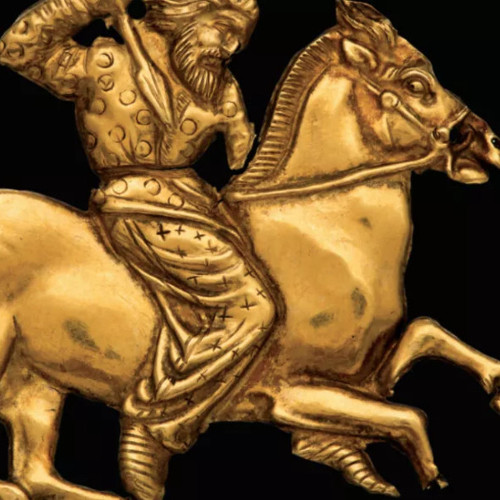
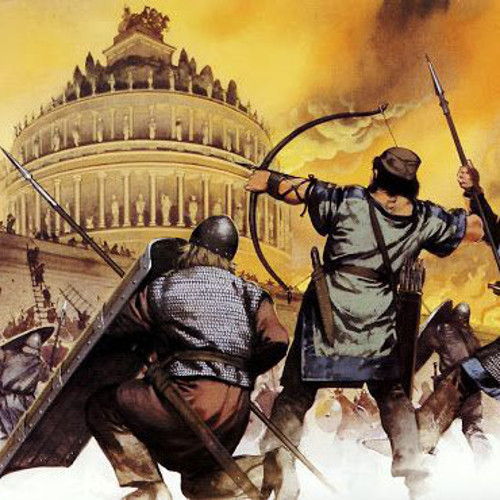
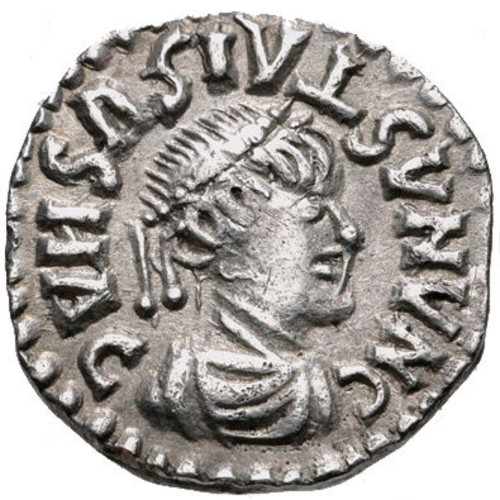


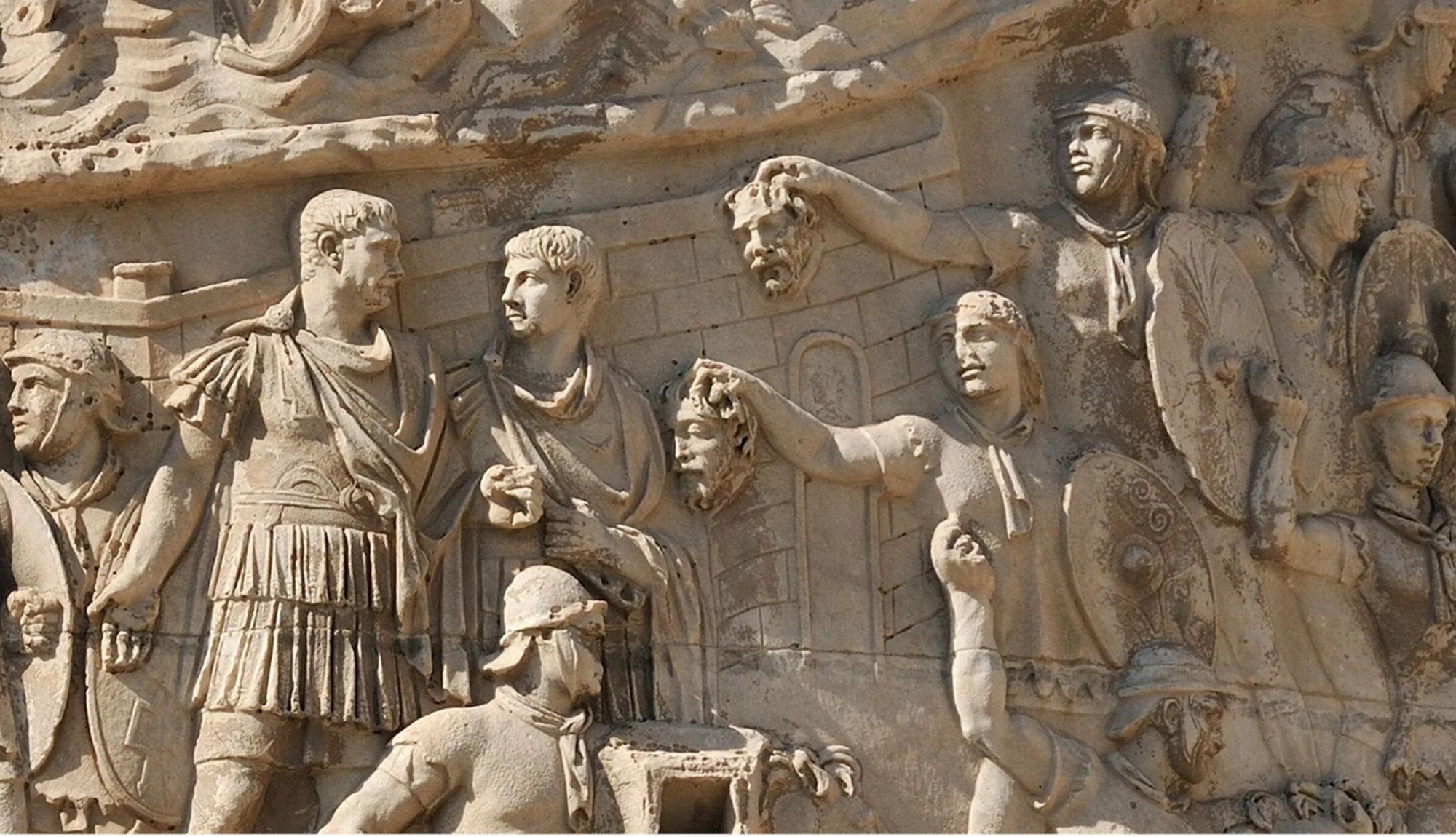
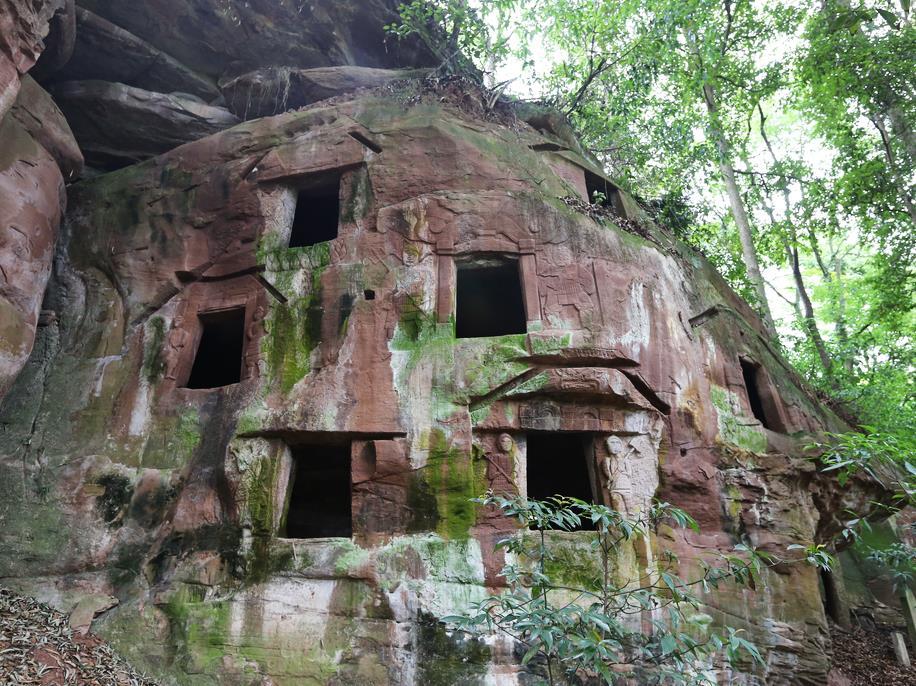
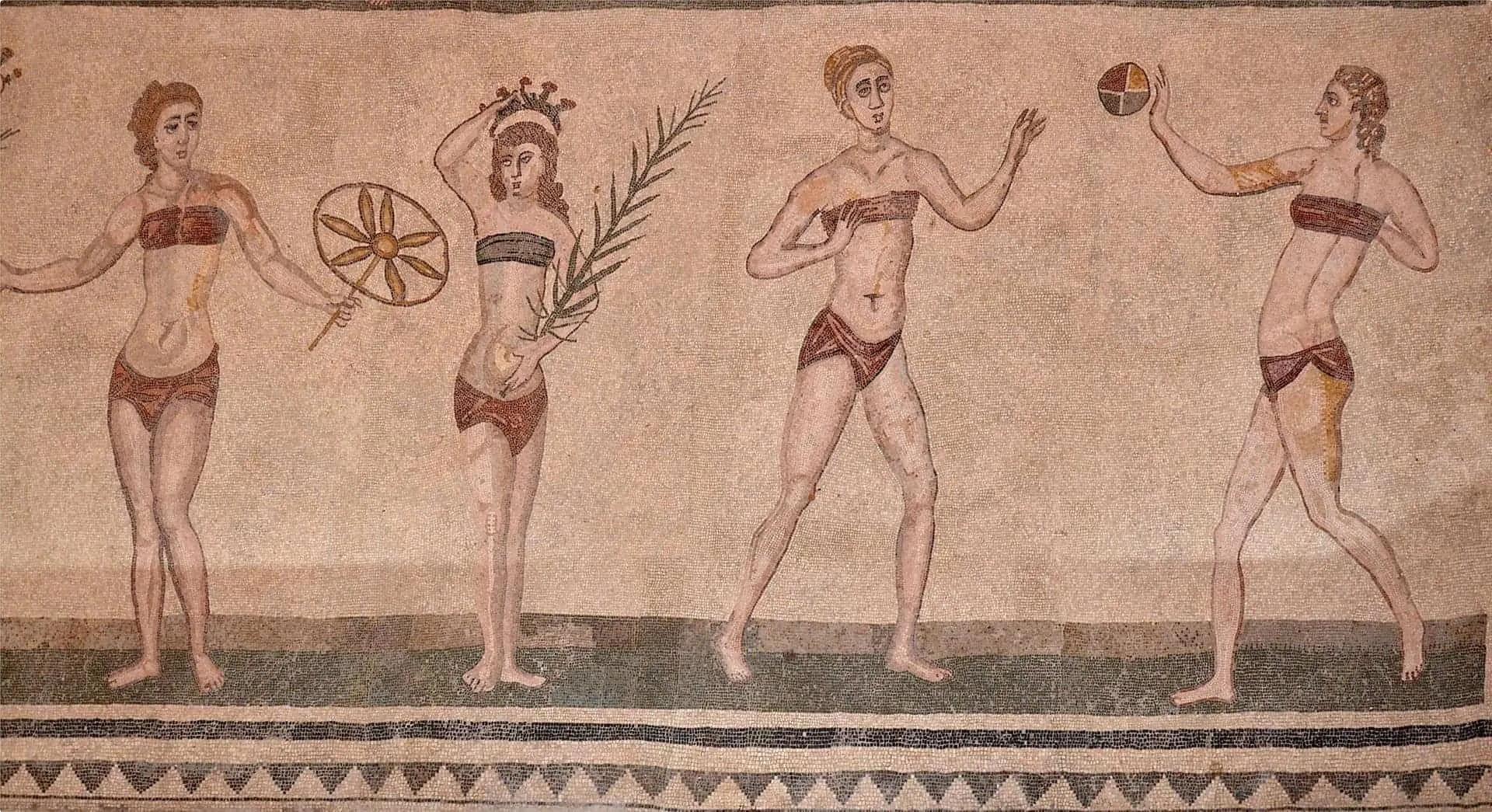

Comments